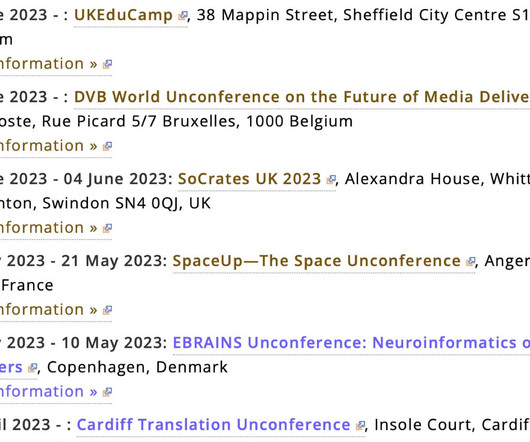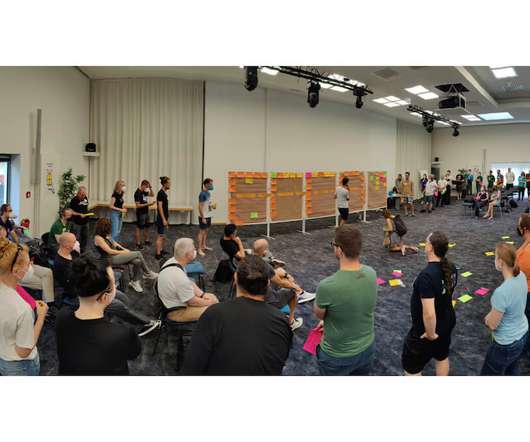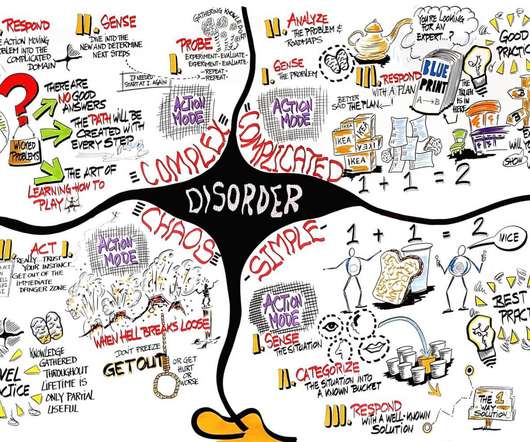We are biased against truly creative event design
Conferences that Work
DECEMBER 10, 2018
A “creative” event design is one with a novel venue and/or decor and lighting and/or food and beverage. Consequently, planners restrict the entire focus of creative event design to novel visual and sensory elements. Truly creative event design We are biased against truly creative event design.





















Let's personalize your content